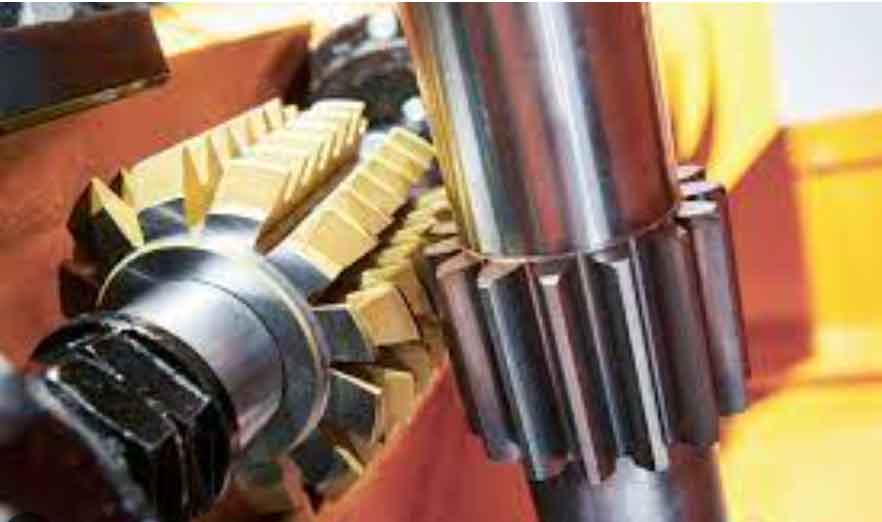
Troubleshooting gear hobbing issues is essential for maintaining high-quality gear production and efficient manufacturing processes. When problems arise during gear hobbing, it’s crucial to identify the root causes and implement appropriate solutions promptly. Here are some common gear hobbing issues, along with tips and solutions for troubleshooting:
1. Poor Gear Surface Finish:
Possible Causes: Incorrect cutting parameters, dull or worn hob, improper workpiece material, incorrect hob alignment, or insufficient cutting fluid.
Troubleshooting Tips:
- Check and optimize cutting parameters such as cutting speed, feed rate, and depth of cut.
- Ensure the hob is sharp, properly aligned, and made from the appropriate material for the workpiece.
- Use suitable cutting fluids to lubricate and cool the hob during the cutting process.
2. Chipped or Broken Teeth:
Possible Causes: Excessive cutting forces, improper material selection for the hob, worn or damaged hob, incorrect hob alignment, or interrupted cutting.
Troubleshooting Tips:
- Reduce cutting forces by adjusting cutting parameters or using a more suitable hob.
- Ensure the hob is sharp, undamaged, and appropriately aligned with the workpiece.
- Avoid interrupted cutting, which can lead to excessive stress on the teeth.
3. Hob Wear and Dulling:
Possible Causes: High cutting temperatures, inadequate lubrication, or using a low-quality hob.
Troubleshooting Tips:
- Optimize cutting parameters to reduce cutting temperatures and wear.
- Use high-quality hobs made from durable materials, such as high-speed steel or carbide.
- Ensure adequate lubrication with suitable cutting fluids to reduce friction and wear.
4. Incorrect Gear Tooth Profile:
Possible Causes: Incorrect hob design or setup, improper alignment of the hob with the workpiece, or machine misalignment.
Troubleshooting Tips:
- Verify the hob’s tooth profile design and setup to match the desired gear tooth profile.
- Check and adjust the hob’s alignment with the workpiece to achieve the correct gear tooth profile.
- Ensure the machine is properly aligned to avoid any deviations in the gear tooth profile.
5. Hobbing Machine Vibrations:
Possible Causes: Poor machine rigidity, improper setup, worn machine components, or unstable workholding.
Troubleshooting Tips:
- Check and improve the machine’s rigidity to reduce vibrations during the cutting process.
- Ensure the workpiece is securely and stably held during hobbing.
- Inspect and replace worn machine components that may contribute to vibrations.
6. Gear Size Variation:
Possible Causes: Machine backlash, improper machine calibration, or inconsistent cutting parameters.
Troubleshooting Tips:
- Minimize machine backlash and ensure proper machine calibration.
- Maintain consistent and optimized cutting parameters for uniform gear sizes.
7. Poor Hobbing Efficiency:
Possible Causes: Inefficient cutting parameters, worn or damaged hobs, inadequate tool setup, or suboptimal workpiece material.
Troubleshooting Tips:
- Optimize cutting parameters for higher efficiency without compromising quality.
- Ensure hobs are in good condition and set up correctly.
- Select the appropriate workpiece material for efficient hobbing.
8. Excessive Noise During Hobbing:
Possible Causes: Poor hob alignment, improper cutting conditions, or inadequate lubrication.
Troubleshooting Tips:
- Check hob alignment and adjust as needed for smoother hobbing.
- Optimize cutting parameters and lubrication to reduce noise.
For effective troubleshooting, it’s important to have skilled operators and proper maintenance practices in place. Regular machine inspections, tool maintenance, and adherence to recommended cutting parameters will contribute to improved gear hobbing performance and higher-quality gear production.
